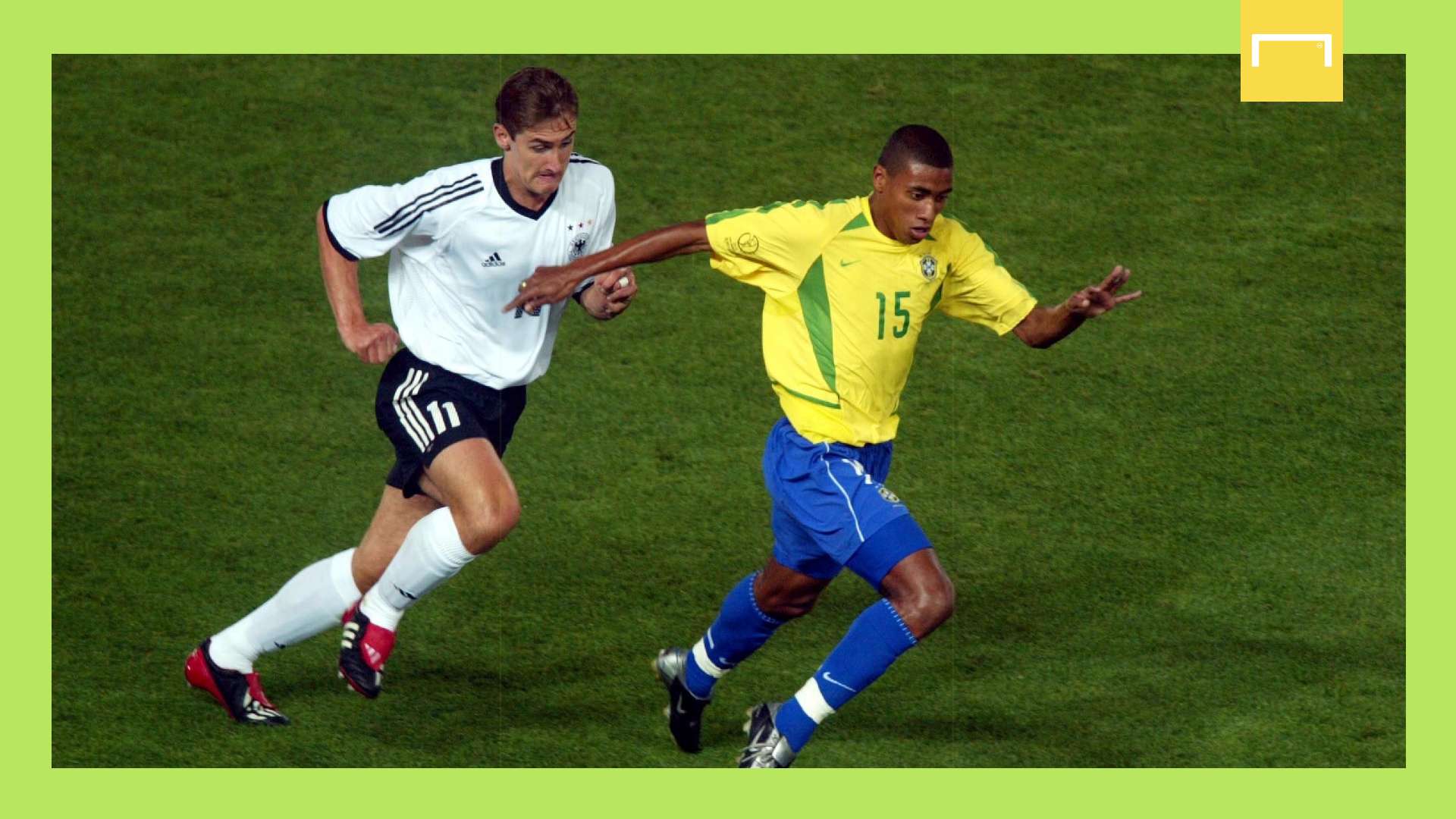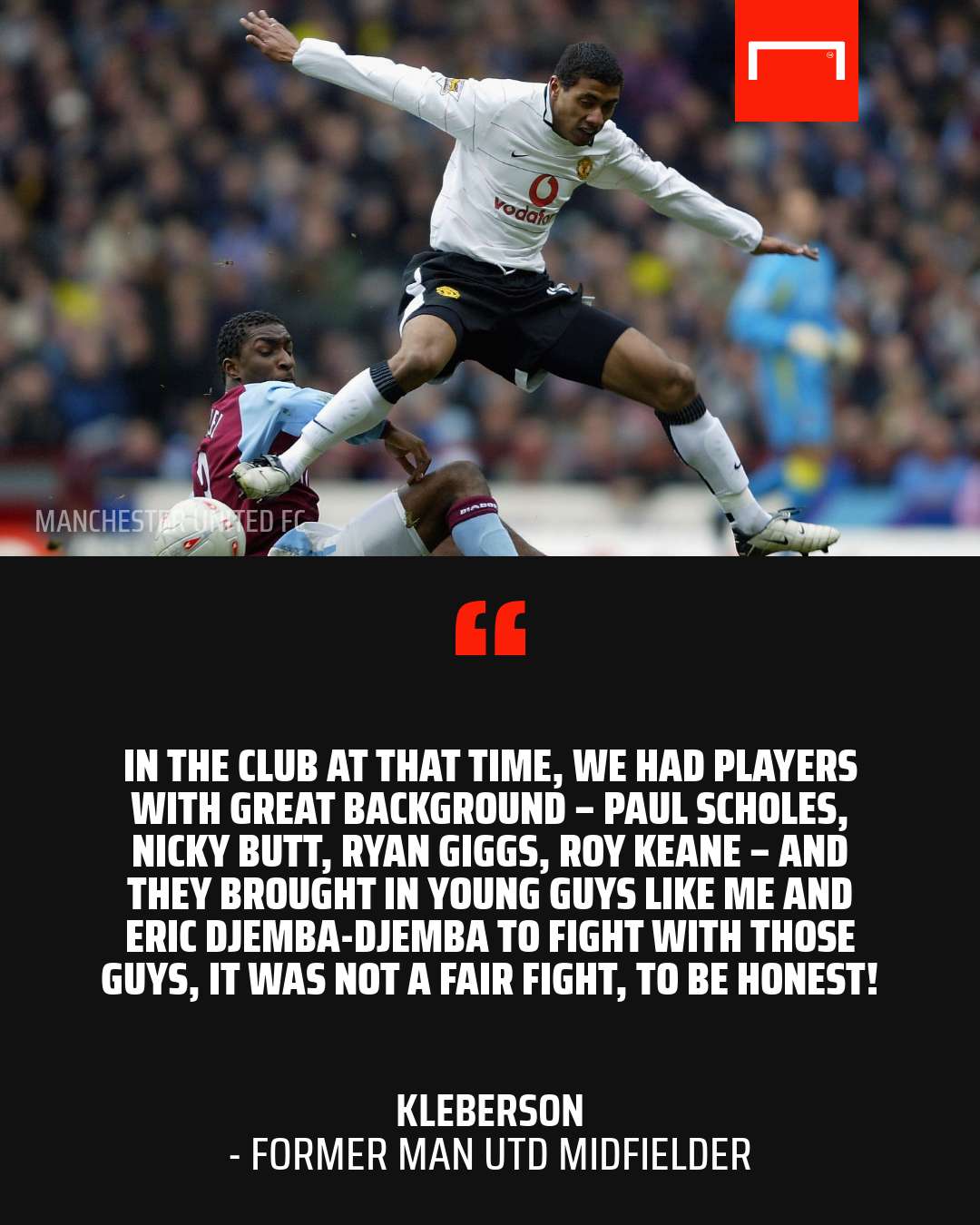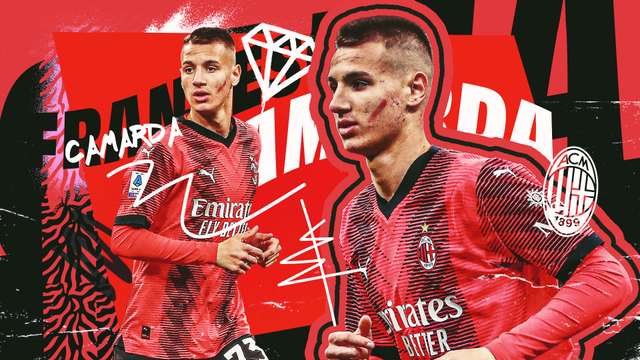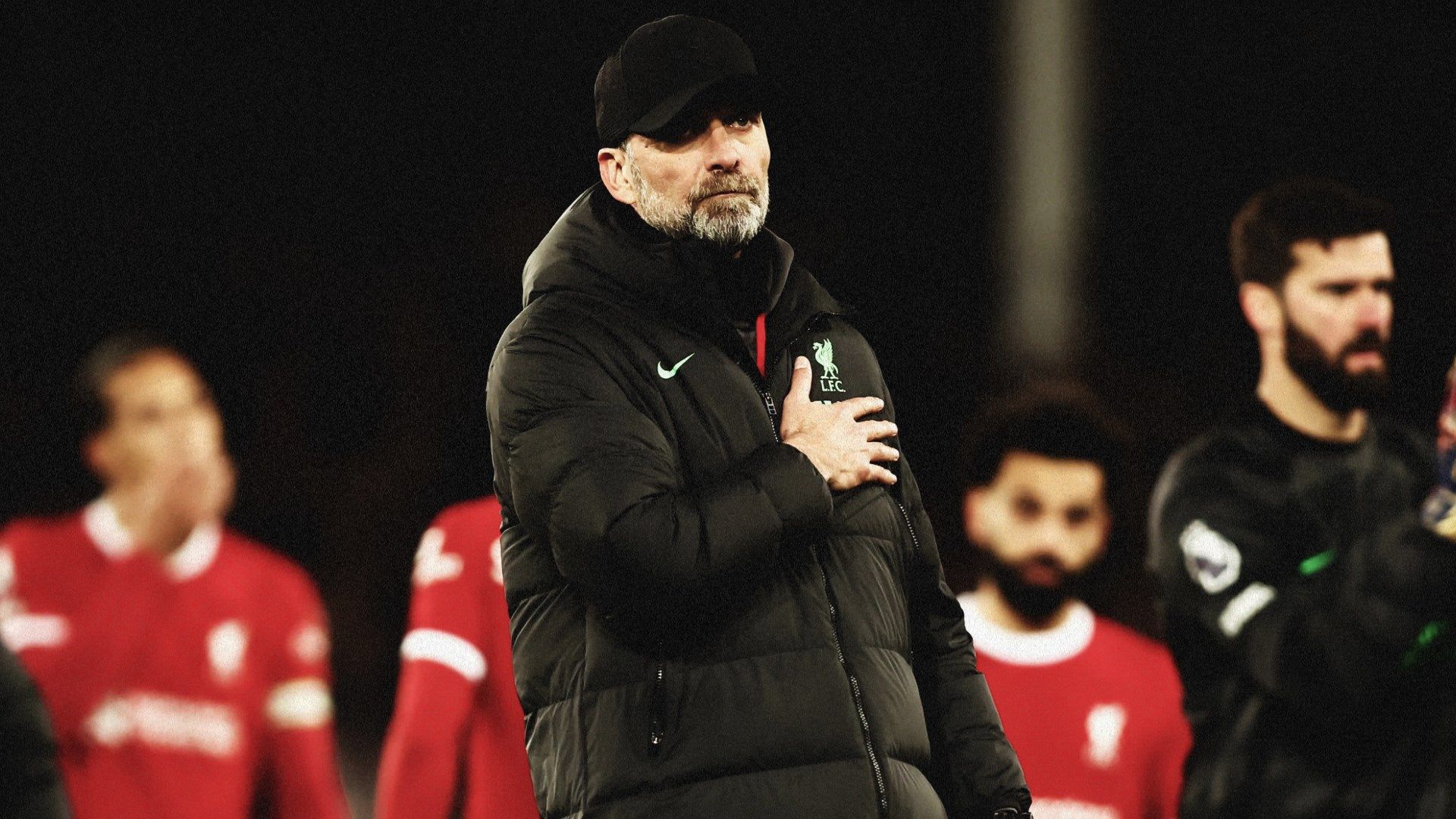This weekend, Cristiano Ronaldo will make his much anticipated return as a Manchester United player after signing for the club for the second time following an extraordinary few days at the end of August.
Ronaldo's second move to Old Trafford was perhaps the most eagerly greeted in the history of English football – shirt sales skyrocketed, social media was set ablaze – which all stands in fascinating comparison to his first arrival at Old Trafford back in 2003.
Then, Ronaldo was a risky signing for Man Utd – not because of the pressure expectation and his immense wages this time, but because he was a 19-year-old untested at the highest level of the European game and inheriting the No.7 shirt from a modern club icon, David Beckham.
He did not even get his own unveiling on the Old Trafford pitch, instead having to share the spotlight with a player viewed as a much safer bet of a signing.
A Brazilian international, a World Cup winner 12 months previously, an uncompromising central midfielder who would surely fit in well in the Premier League.
Next Match
That player was Kleberson, and while Ronaldo's story at Manchester United and beyond is as remarkable as it is well-told, that of the Brazilian has rather less glamour and success to it, at least not in English football.
There is an infamous photo of the pair stood on the Old Trafford pitch at their unveiling, arms around each other and holding aloft one end each of a scarf.
Ronaldo is wearing bootcut jeans, while Kleberson has, along with his United top, a pair of dodgy black leather trousers. It is certainly a stand-out image – and perhaps the most eye-catching thing Kleberson ever did on the Old Trafford pitch.
Kleberson signed for Man Utd from Brazilian club Atletico Paranaense for £7.7 million ($10.6m), with Sir Alex Ferguson out-manoeuvring several other major European forces of the time – including Barcelona – to bring in a player who had been key to Brazil's success at the 2002 World Cup.
Kleberson had been the breakout Selecao star in Japan and Korea. He did not play until their final group game, but his immense work rate and energy, combined with flair and confidence on the ball, made him crucial for manager Felipe Scolari in the latter stages.
 Goal/Getty
Goal/Getty
He replaced Juninho for the starting XI of the quarter-final against England, where he nullified Paul Scholes, and maintained his place through to the final where Brazil beat Germany, with Kleberson almost snatching the headlines from two-goal Ronaldo (the other one) when he struck the crossbar from 30 yards.
Such a good performance against Man Utd star Scholes caught the eye at Old Trafford, and a year later they got their man.
Ferguson had been especially keen, personally attending Kleberson's work permit hearing to vouch for his man, and selling Juan Sebastian Veron to Chelsea earlier in the summer to make room in midfield.
It would ultimately be misplaced faith. Kleberson suffered a dislocated shoulder in only his second game for United; ironically, it was Cristiano Ronaldo who would replace him.
Over two seasons he would make just 28 appearances before being flogged to Besiktas in August 2005 for a loss, at just £2.5m ($3.5m).
Why did Kleberson flop at Man Utd?
Speaking to the club website in July this year, he admits that even with a background as a World Cup winner, stepping straight from South American football to arguably the biggest club in the world had been far too much for him.
"In the club at that time, we had players with great background – Paul Scholes, Nicky Butt, Ryan Giggs, Roy Keane – and they brought in young guys like me and Eric Djemba-Djemba to fight with those guys, it was not a fair fight, to be honest!" he said.
"Those guys knew how to play in the Premier League, they had grown up there. Me and Djemba-Djemba just had dreams of beating those guys, and they were very nice guys, very patient – saying that we were the future, trying to help us – but they were just too far ahead of us."
 Goal/Getty
Goal/Getty
The reasons given for Kleberson joining Man Utd have ranged from his being the long-term successor to Keane, to being bait to encourage Ronaldinho to join. Whatever is true, Kleberson was too slight and easily knocked around to make an impression on the United midfield so quickly.
There were some brilliant flashes, but he was often caught out of position and prone to misplaced passes. An attempt by Ferguson to play him as a winger only made matters worse, as it served to demonstrate just how much Kleberson was not Beckham.
Kleberson also readily admits, with hindsight, that he failed to adapt his game in the necessary ways: “When the team isn’t doing well, it’s hard to change your style, I couldn’t do it.
“When I came to Man Utd I tried to change the player I was, more passes, more aggression, more tackles, but it’s too hard and wasn’t what my game was about.
“From 17 to 24 years old, I was playing that fluent Brazilian style, to move the ball quickly and receive it in space. At Man Utd, I had tough moments a lot of the time, I got a lot of injuries and struggled a lot.
“It was a difficult time, and when you see a lot of evaluation from your performance at top teams the criticism can be very high, particularly at Man Utd.”
In the battle for midfield places, United had the aforementioned heroes of Scholes, Keane et al, plus established Premier League professionals like Phil Neville and Quinton Fortune, and academy starlets such as Darren Fletcher. An out-of-sorts Kleberson was simply not required.
Away from Old Trafford, Kleberson was still a success with Brazil, starting five games of their 2004 Copa America triumph, but his sole highlight of the 2004-05 club season was a supporting role in the 6-2 Champions League smashing of Fenerbahce where a certain Wayne Rooney netted a debut hat-trick.
Bundled out the following summer, Kleberson's subsequent career – Besiktas, Flamengo, Paranaense again, Bahia, and several clubs in the United States – never came close to the heights promised that day, next to the artist soon to be known as CR7.




.jpg?auto=webp&format=pjpg&width=640&quality=60)

.jpg?auto=webp&format=pjpg&width=640&quality=60)